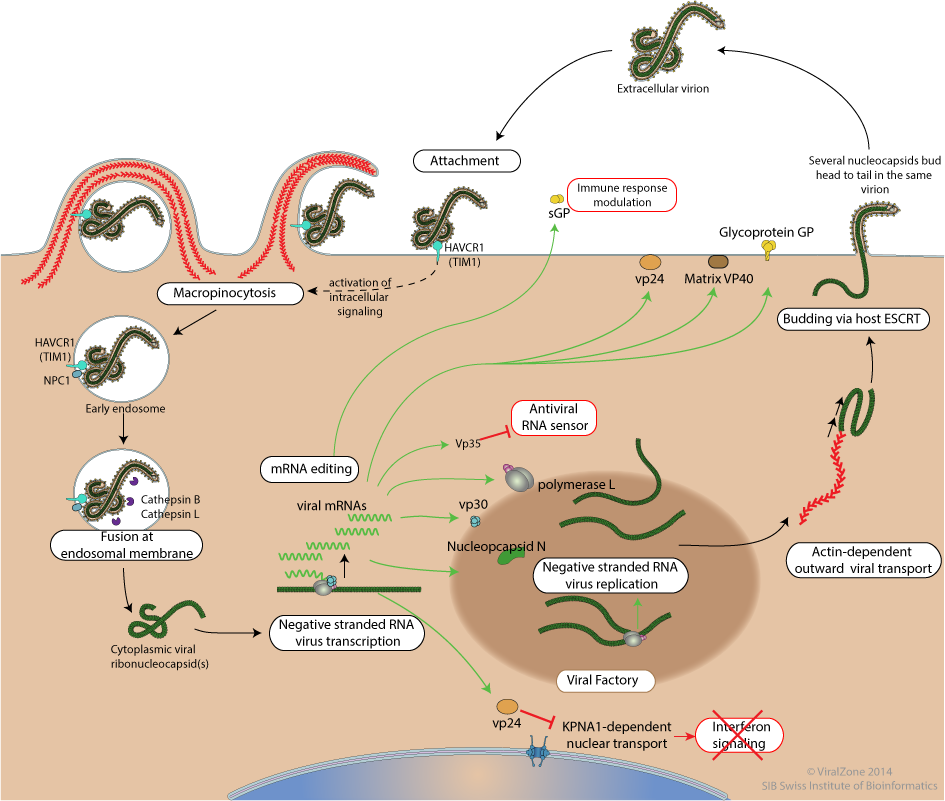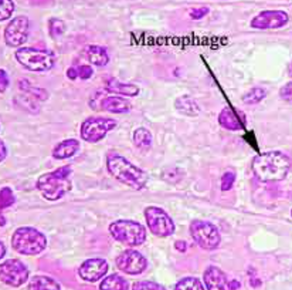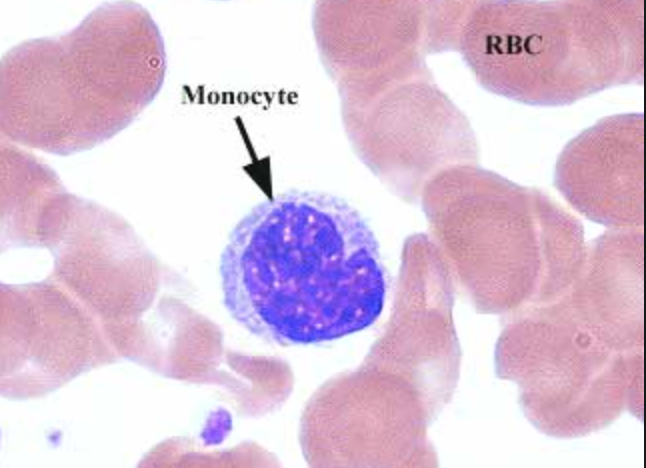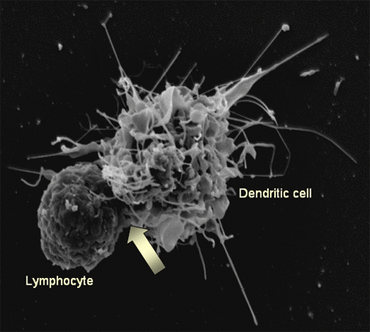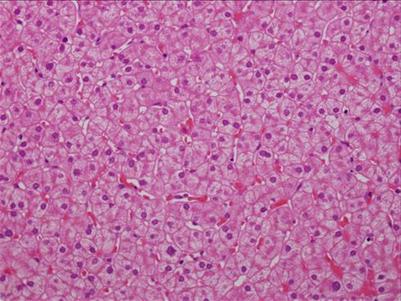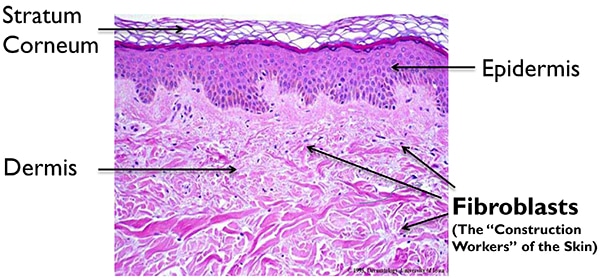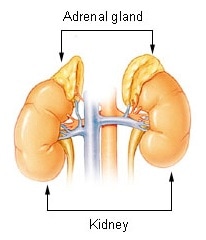Cells that gets Effects from the Ebola Virus
|
Majorly, 6 cells are getting effected by the Ebola virus. Similar to other filoviruses, Ebola virus cell replicates very efficiently, producing many large amount of virus in monocytes, macrophages, dendritic cells, liver cells, fibroblasts, and adrenal gland cells. This picture at left shows the cycle of Ebola virus. Viral replication triggers the high level of releasing inflammatory chemical signals and leads to a septic state that spreads out the disease. Also Viral Replication is known for the process of our body saying that the viruses are bad. Also when it detects the virus, they release chemicals to help kill the virus. These are the cells that fights against virus. The key point of this theme is your body could fight against the cell, but in general, it will affect our whole body to make us sick, which leads to the last stage, Septic State. This means that your whole body is affected by the virus. From here, we can know that Ebola Virus is a strong and dangerous virus, that we should be careful. |
Macrophage and Monocyte
Picture shown in above is Macrophage (Left) and Monocyte (Right). To explain, these are the types of cells from white blood cells that fights against diseases that entered to your body. When any disease or bacteria comes to your body, these cells fights first against them.
Fibroblast |
Adrenal GlandAdrenal Gland is the place where it creates adrenaline that makes human get exited for something. Also when it detects the virus, they release chemicals to help kill the virus. And previously, when Ebola virus effects our nerve cells, and adrenal gland, our mood will be neutral and make us extremely tired. |
Final Turing Point: Septic State
These are the cells that fights against virus. The key point of this theme is your body could fight against the cell, but in general, it will affect our whole body to make us sick, which leads to the last stage, Septic State. This means that your whole body is affected by the virus. From here, we can know that Ebola Virus is a strong and dangerous virus, that we should be careful. In total, before they come in to our body, they destroy the cell membrane to enter, and after they come in, they kill most the immunity as possible. This will lead us to make sick.
